
超声波清洗液废水带来的危害以及处置的主要办法!
作者:admin来源:/时间:2020-12-24
运用超声波清洗机轻松的完成清洗工作后你对运用后的废水有过处置吗?超声波清洗液废水带来的危害你有晓得几呢?维护环境人人有责,就来给大家科普一下超声波清洗液废水带来的危害以及处置的主要办法!
Have you ever treated the waste water after using the ultrasonic cleaning machine to finish the cleaning work easily? Do you know the harm of wastewater from ultrasonic cleaning fluid? It's everyone's responsibility to maintain the environment, so let's popularize the science of the harm of ultrasonic cleaning liquid wastewater and the main methods of disposal!
首先先来理解一下超声波清洗液废水的来源于危害,超声波清洗废水主要来源于用超声波和超声清洗剂对物件清洗产生的废水。废水中含有有机油和特定外表活性剂等物质,该类废水COD含量高,悬浮物浓度高,可生化性低。如不停止预处置,很难停止生化降解,若直接排入环境中,将对环境形成严重毁坏,直接影响到了人们的安康,危害水平大!
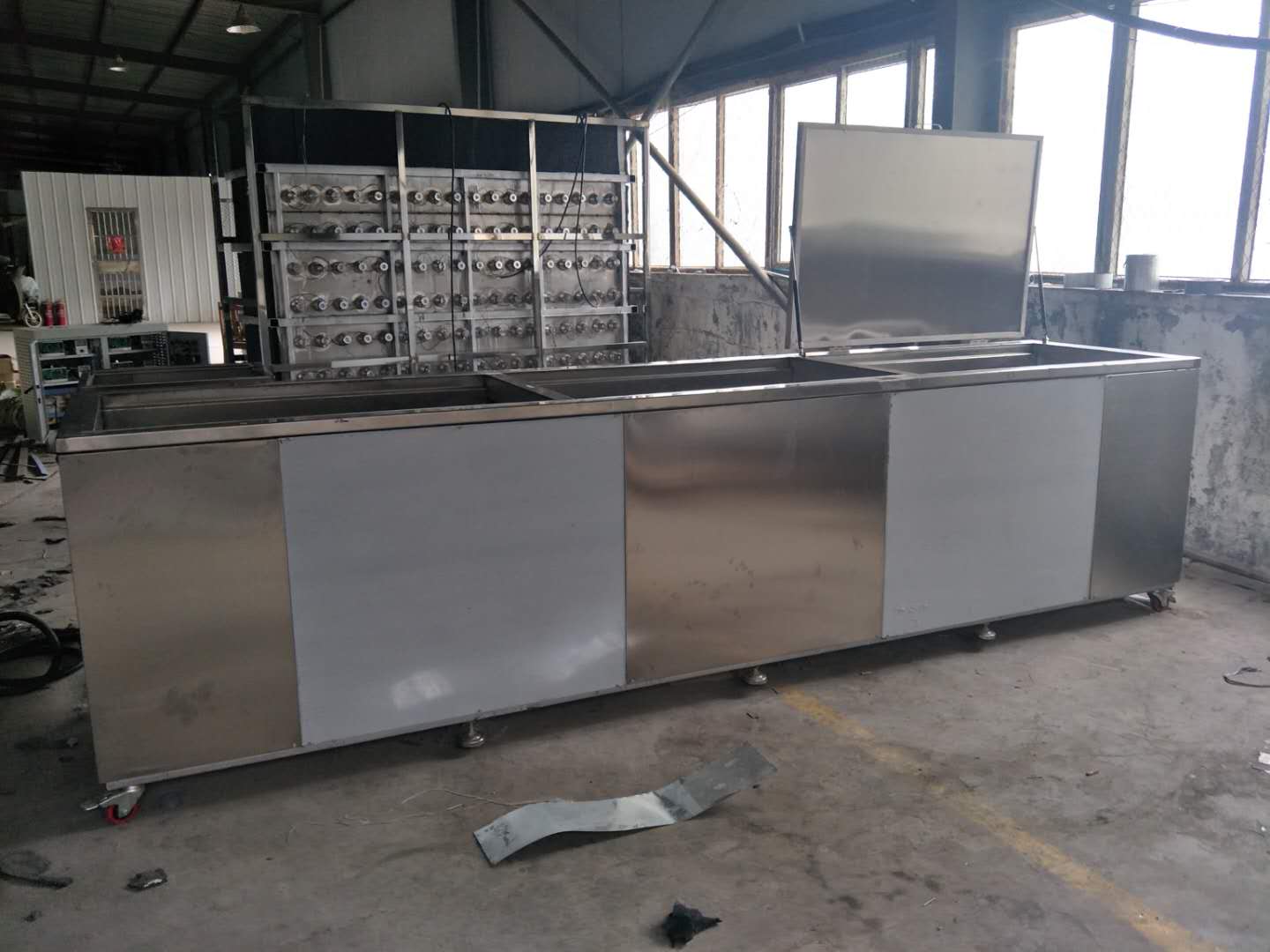
First of all, to understand the source of ultrasonic cleaning fluid wastewater from the harm, ultrasonic cleaning wastewater mainly comes from the use of ultrasonic and ultrasonic cleaning agent to clean objects. The waste water contains oil and special surface active agent, which has high COD content, high suspended solids concentration and low biodegradability. If the pretreatment is not stopped, it is difficult to stop the biochemical degradation. If it is directly discharged into the environment, it will cause serious damage to the environment, directly affect people's health, and the level of harm is great!
理解了超声波清洗液废水的危害晓得运用后对其处置是多么的重要了吧!目前超声波清洗液主要废水主要处置办法有:混凝沉淀+生化;芬顿氧化+生化混凝沉淀+生化:混凝法是经过向污水中投加混凝剂。
Understand the harm of ultrasonic cleaning liquid waste water, know how important it is to treat it after use! At present, the main treatment methods of ultrasonic cleaning solution wastewater are: coagulation sedimentation + biochemical; Fenton oxidation + biochemical coagulation sedimentation + biochemical: coagulation method is to add coagulant to the wastewater.
混凝剂在污水中发作紧缩双电层,吸附外表中和,吸附架桥和沉淀网捕,使细小悬浮颗粒和胶体颗粒汇集成较粗大的颗粒而沉淀,得以与水别离,使污水得到净化的办法。将混凝处置后的水排入生化系统进一步处置,终到达排放规范。
Coagulant in the sewage to tighten the electric double layer, adsorption surface neutralization, adsorption bridging and precipitation network capture, so that fine suspended particles and colloidal particles can be integrated into coarse particles and precipitated, separated from the water, so that the sewage can be purified. The water after coagulation treatment is discharged into the biochemical system for further treatment, and finally reaches the discharge standard.
推荐文章
 公司:宝典图库
公司:宝典图库  热线:18663767799
热线:18663767799 地址:山东省济南市济阳区创业路与启航街交叉口南40米
地址:山东省济南市济阳区创业路与启航街交叉口南40米




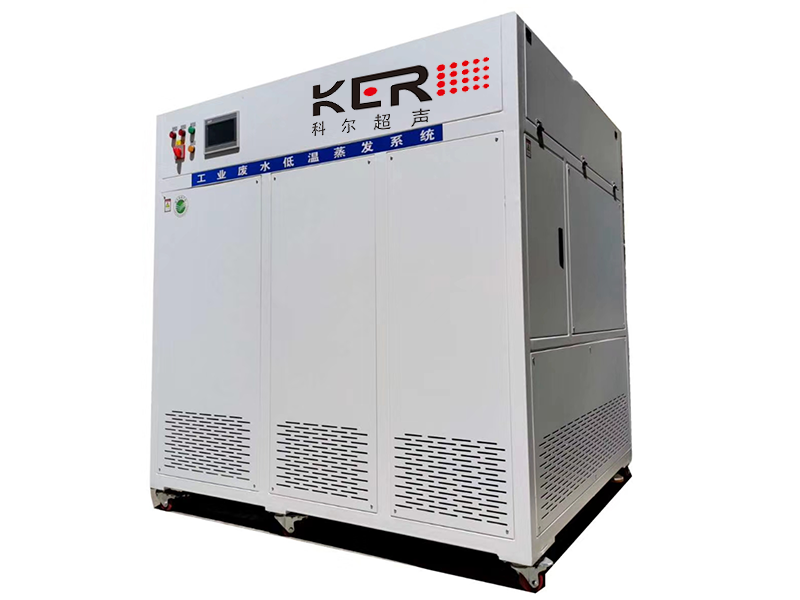
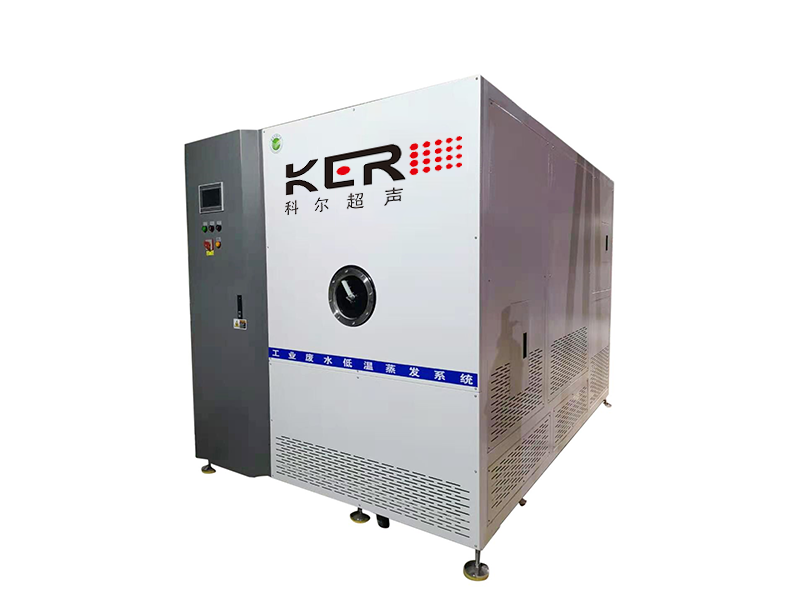
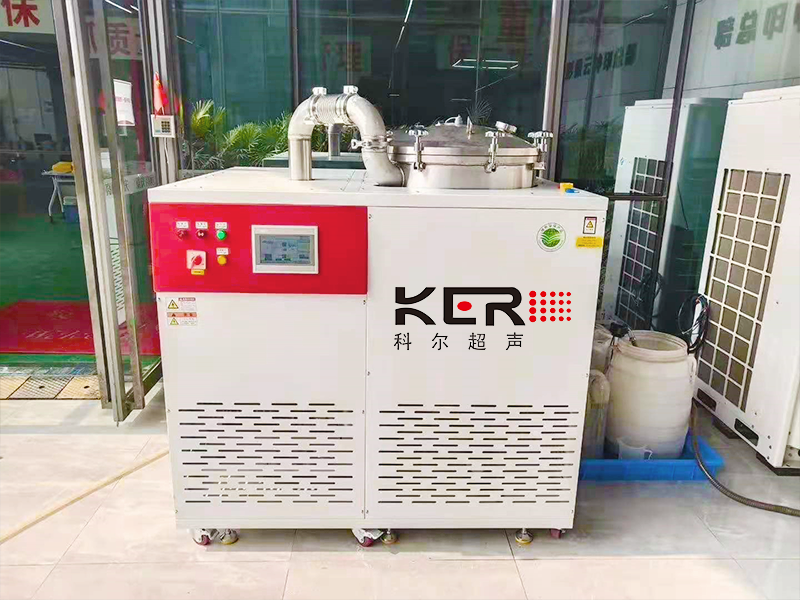
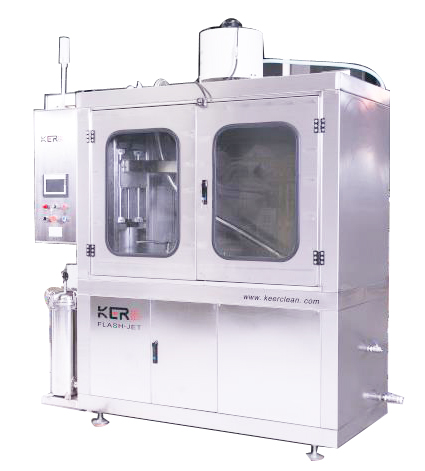
 常见问题
常见问题
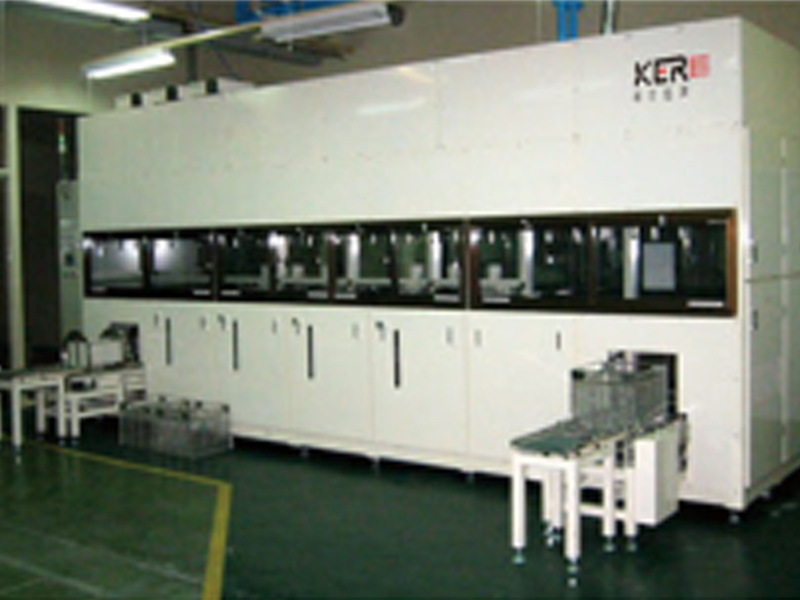
 联系我们
联系我们
 咨询电话:18663767799
咨询电话:18663767799 E-MAIL:
E-MAIL: 地址:山东省济南市济阳区创业路与启航街交叉口南40米
地址:山东省济南市济阳区创业路与启航街交叉口南40米 鲁公网安备 37011202001385号
鲁公网安备 37011202001385号
